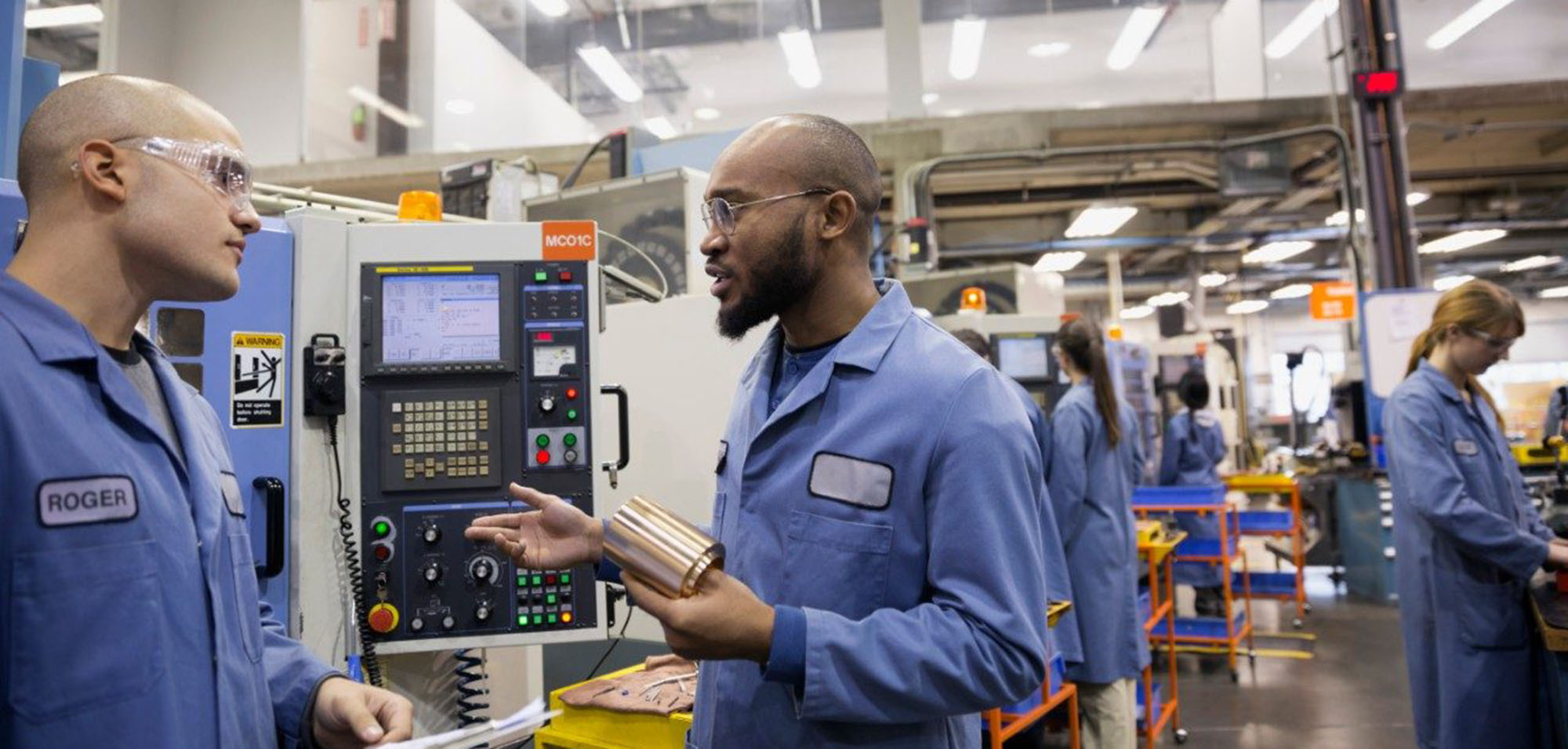“With Lumafield's Neptune and Voyager technology, we can easily show how something is made and develop the products of the future.”
Summary
- Trek Bicycle is on a mission to make the world a better place to live and ride.
- Trek uses CT scanning to study the damage tolerance of frames and parts with granular precision on various materials, increasing the longevity of their bikes through both improved product design and better confidence in recommending repair over replacement.
- In order to build the world’s best product development group, Trek is investing in the best tools for its development team; CT scanning “has been a dream for a long time” and is finally achievable with Lumafield’s platform.
Our goal is to make only products we love. To do that, we need to have access to the best tools. An in-house CT scanner has been on our wish list for a long time, and we believe that Lumafield’s technology is going to help us continue developing incredible bikes.
Chad Manuell, Global Director of Engineering, Trek Bicycle
Background
Trek Bicycle makes a product that provides a solution to many of the world’s most complex problems, including congestion, public health, and climate change. Bikes are already an exceptionally efficient mode of transport, but beyond that the company is spearheading sustainability practices that transcend their products’ use, from product development to recycling. The first in the bike industry to publish an annual sustainability report, Trek is investing heavily in circular design.
Trek engineers carefully consider the lifespan of their bikes as they design new models, looking for ways to reduce their environmental impact not only during manufacturing, but also through service and end-of-life solutions. “We’re exploring options to improve sustainability and make our products truly circular,” explains Chad Manuell, Global Director of Engineering at Trek. “We are implementing circular design practices to increase the use of recycled materials, extend the useful life of products, and plan for closing the loop at the end-of-life.”

Trek + Lumafield
Trek has adopted Lumafield’s CT scanning technology to gain new visibility into the way that bike frames respond to crashes, a key step in extending the lifespan of bikes that withstand demanding real-world conditions.
Trek engineers have been able to study how impacts affect various bike parts and different materials in a comprehensive, quantified way. To understand which materials and frame designs are less susceptible to everyday damage from rock strikes and collisions, Manuell’s team intentionally impacts sections of bike frames, then analyzes them with Lumafield’s CT scanning platform.


Instead of relying on visual inspection, CT scanning enables engineers “to be able to do some real exact measurements of the damage site after the first hit, second hit, third hit,” Manuell says, which “allows us much more information than was previously available.”
By giving Trek’s engineers a way to look at and measure features that were previously hidden, CT scanning is helping the company design bikes for longer lifespans and improved performance.
“Our goal is to make only products we love,” says Manuell. “To do that, we need to have access to the best tools. An in-house CT scanner has been on our wish list for a long time, and we believe that Lumafield’s technology is going to help us continue developing incredible bikes.”

































